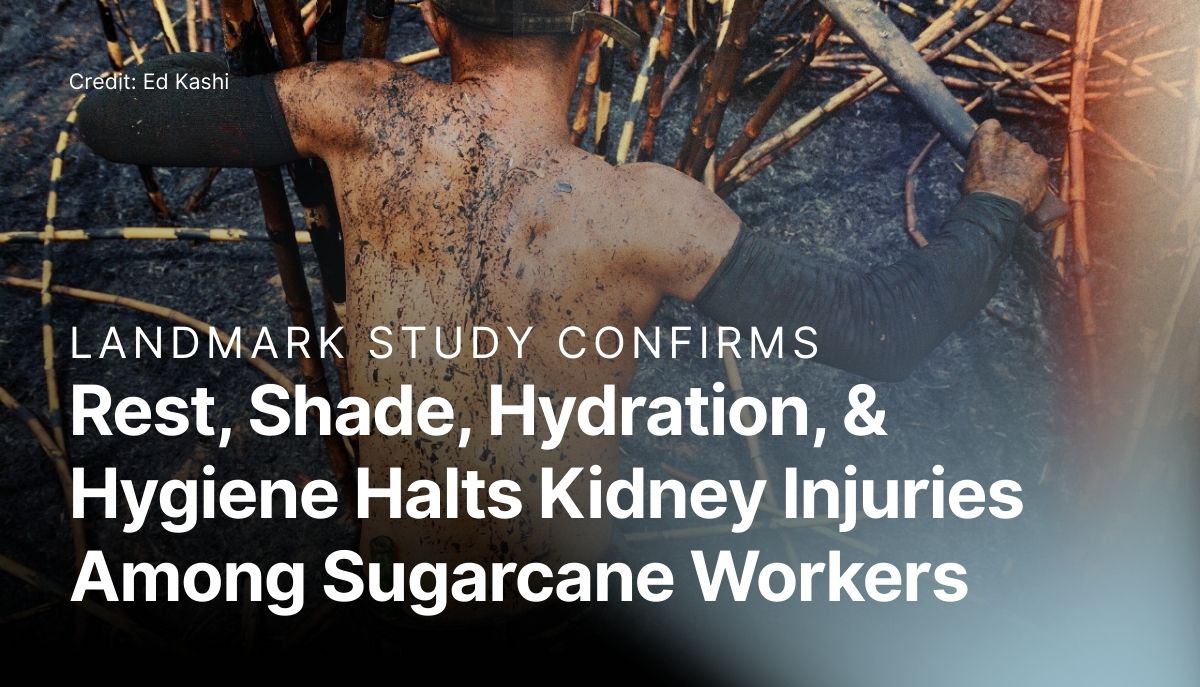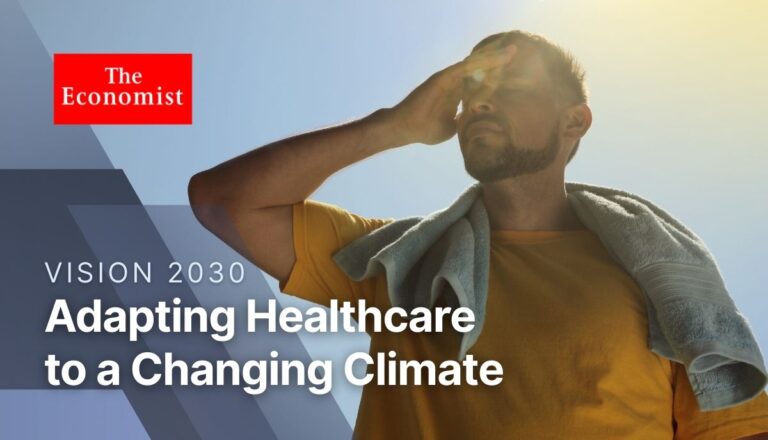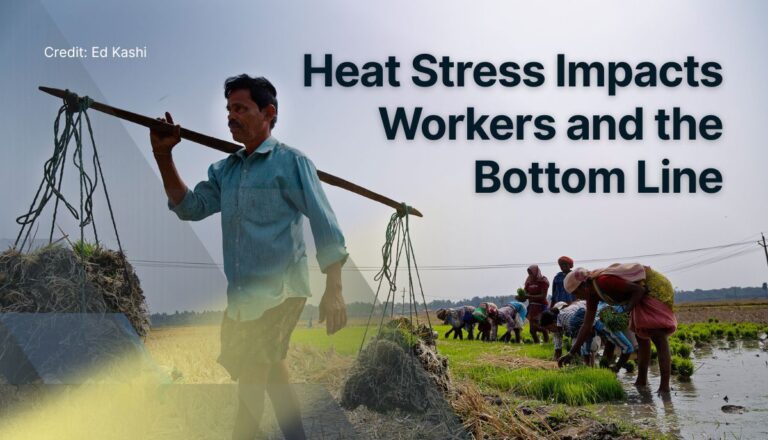El largest and longest-running occupational cohort study on heat stress interventions and kidney health confirms that structured workplace interventions providing rest, shade, hydration, and hygiene (RSHH) reduce kidney injuries among sugarcane workers in Nicaragua.
Since the preceding century occupational cohort studies have declined precipitously, putting a hamper on the efficacy of occupational safety and health (OSH) interventions, at a time when environmental challenges greatly threaten the safety and productivity of work.
The occupational cohort in this study had been suffering from an epidemic of chronic kidney disease (CKD), with no immediate explanation and the commonality that only young, otherwise-healthy workers had contracted it.
This study concludes the first four years of research under La Isla Network’s Adelante and PREP initiatives, carrying profound implications for worker protection in a warming world. Previous studies also found the RSHH intervention delivered a maximum 60% ROI with profitability by the second year, owing to increased productivity among the workforce.
After implementing the RSHH intervention, LIN embarked on a Management of Change (MoC) strategy, ensuring that the San Antonio sugar mill’s workplace culture worked in harmony with the newly-implemented RSHH policies.
From Crisis to Prevention
In Chichigalpa, Nicaragua, CKD has claimed tens of thousands of lives over the past two decades. For years, workers endured extreme heat, grueling shifts, and inadequate protections. According to William Martínez-Cuadra, community leader, study co-author and industrial hygienist, “From 2008 to 2012, two or three people in Chichigalpa could die every day from CKD. Families expected that fathers and sons alike would get sick and die.”
The new study shows that work can be safe and productive even in challenging environments with intense heat and heavy workloads. By progressively strengthening mandatory rest breaks, improving access to shade and clean drinking water, and ensuring adequate sanitation, Ingenio San Antonio — working with researchers and La Isla Network — reversed some of the worst health outcomes.
Among the most vulnerable group, burned cane cutters, the rate of incident kidney injury plummeted from 21% in the first harvest season to just 1% by the fourth. Rates of acute kidney injury dropped by more than half, and markers of kidney and systemic inflammation also fell sharply. A previous LIN study found a strong link between short, repeated heat-injury episodes leading to acute kidney injury and later progression to CKD.
Culture Change on the Cutting Edge
While improved schedules and facilities were critical, the study’s lead author, Dr. Erik Hansson, emphasizes another factor: a shift in workplace culture. “When you start measuring health outcomes — not just productivity — people become more aware of the issue and start changing,” said Hansson.
Early in the research, poor conditions and equipment breakdowns hindered adherence to safety routines. Over time, however, management and workers alike committed to consistent implementation, integrating health protection into daily operations.
Martínez-Cuadra sees this as nothing short of transformational. “Before, conditions were atrocious. Now workers feel valued, protected, and appreciated. They can expect to work hard, but they can also expect to rest.” Today, many cane cutters work ten harvests and still maintain their health — something unheard of a decade ago.
Breaking the Cycle of Fear
The intervention’s impact reaches far beyond the fields. CKD once cast a shadow over entire communities, fueling economic hardship and psychological distress. Martínez-Cuadra said, “There was a mentality that everyone would get sick and die.” Now, healthier workers can sustain their livelihoods, pursue education, and contribute to their families’ futures. The fear that once gripped communities is giving way to a sense of security.
Global Implications
The study not only reinforces the link between occupational heat stress and CKDnt but also offers a scalable blueprint for prevention. As climate change drives hotter working conditions worldwide, these interventions, RSH-h, stand out as low-cost, high-impact measures that can save lives without sacrificing productivity. In fact, previous analyses show that such programs can deliver a positive return on investment for employers.
Hansson believes the message is clear: “When you remove the exposure, you improve the outcomes. This is actionable evidence for a future where extreme temperatures are the new normal.”
A Call to Action
Governments, regulators, and industry leaders now have an opportunity—and responsibility—to implement similar protections across sectors and regions facing heat stress. For communities like Chichigalpa, the results are already life-changing. For the rest of the world, they may be lifesaving.
La Isla Network is a health research and advisory organization dedicated to ending heat-related injury, illness and death among workforces worldwide. We develop data-driven worker protection interventions and conduct management of change, improving the resiliency of workforces and businesses to the risk of heat exposure. LIN drives lasting change by working with governments and multilateral institutions to inform and create policy. For more information please use our Formulario de contacto.




